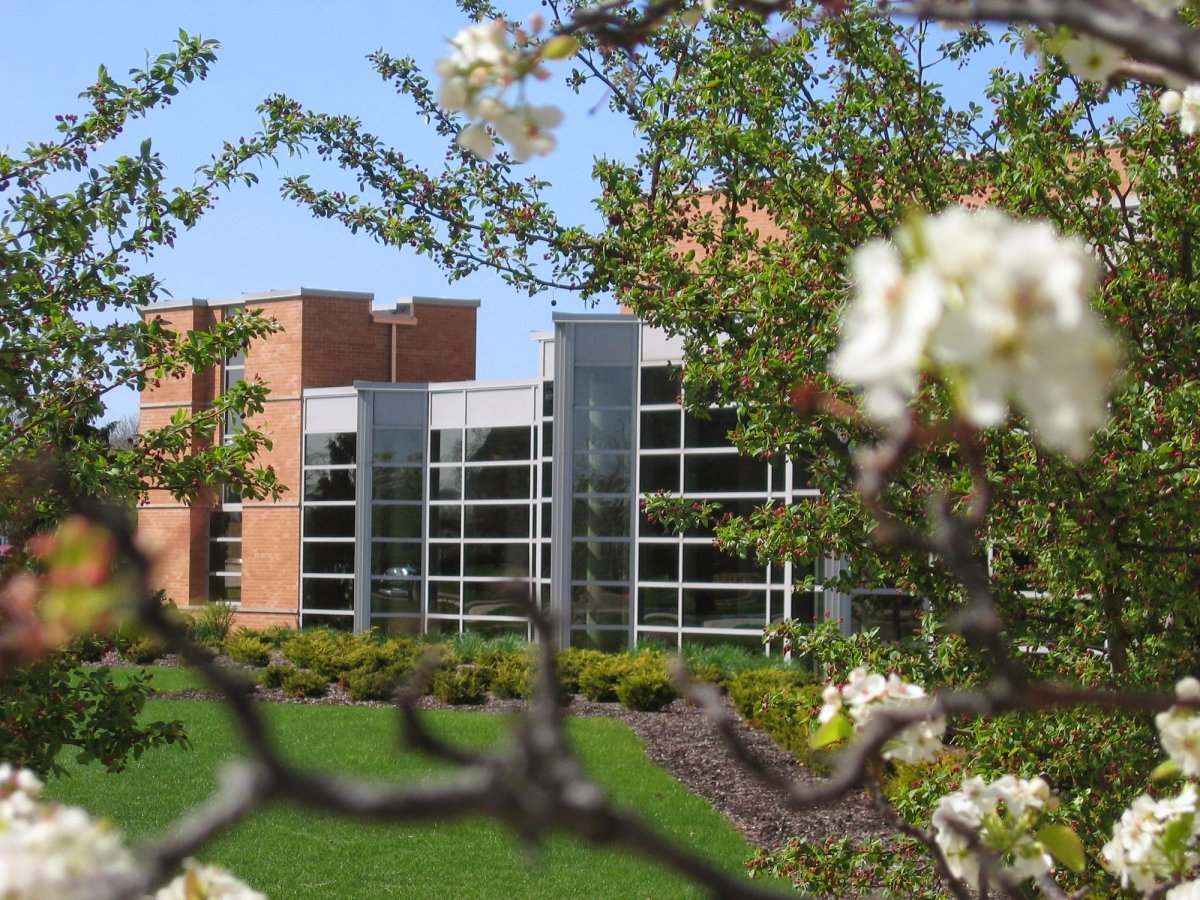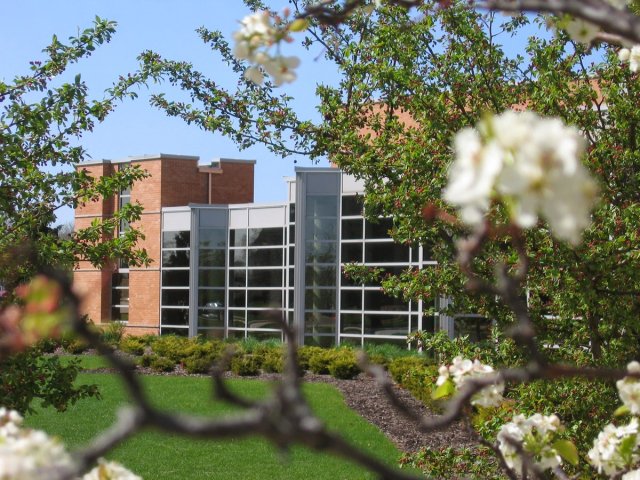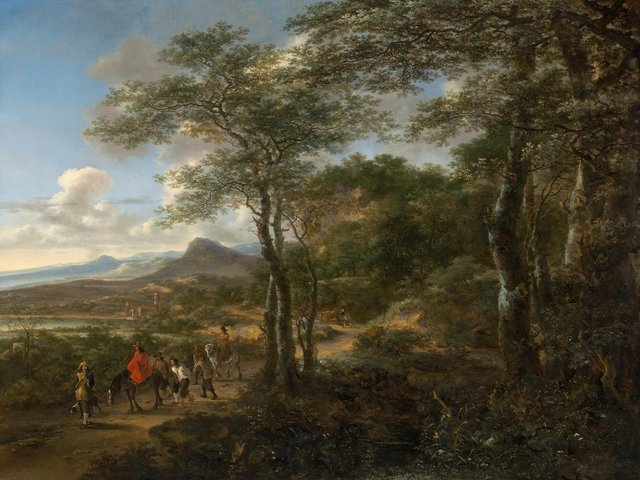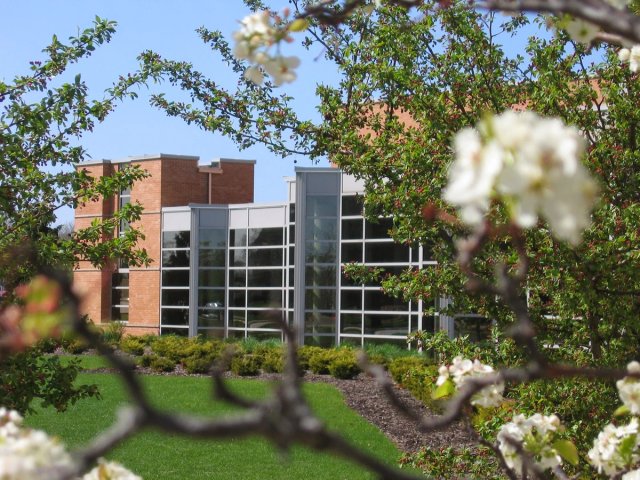A small Indiana university’s plan to deaccession and sell a selection of art including a Georgia O’Keeffe painting to fund a development project on campus has triggered backlash among university and museum communities.
Valparaiso University, a private university 40 miles southeast of Chicago with a student body of around 3,000, announced this week it plans to sell O’Keeffe’s Rust Red Hills (1930) to help pay for the renovation of first-year residence halls. The university expects to fetch as much as $15m for the painting, according to The Torch, Valparaiso’s student newspaper.
The university also intends to sell Frederic Church’s Mountain Landscape (around 1849) and Childe Hassam’s The Silver Vale and the Golden Gate (1914), which were previously valued at $2m and $3.5m, respectively. The three paintings are part of the collection of the Brauer Museum of Art, the university’s on-campus museum.
The proceeds would be used to update the university’s current first-year residence halls into a residential complex, a project Valparaiso said aims to improve the quality of first-year students’ residential experience and increase revenue for the university. The changes would provide new amenities that prospective students desire, according to The Torch.
“We intend to pay for this initiative through a practice we will use for other parts of the strategic plan. We will consider assets and resources that are not core or critical to our educational mission and strategic plan, and re-allocate them to support the plan,” university president José Padilla wrote in a campus-wide email this week.
Dick Brauer, Valparaiso’s former art department chair and the museum’s namesake and founder, told the Chicago Tribune he threatened to pull his name from the institution if the sale goes through. He and John Ruff, a senior research professor in Valparaiso’s English department, told the Tribune a sale would violate terms of the trust used to acquire the pieces and that using the proceeds to fund a development project would go against museum association protocols, which typically direct deaccession funds go toward acquisitions and collection care.
Valparaiso’s board of directors voted in October to permit Padilla to sell the works, according to The Torch, and representatives from Christie's and Sotheby’s have reportedly visited the Brauer to see the works.
The Association of Art Museum Directors (AAMD), American Alliance of Museums (AAM), the Association of Academic Museums and Galleries (AAMG) and the Association of Art Museum Curators (AAMC) issued a joint statement Thursday (9 February) condemning Valparaiso’s plans to sell the three paintings.

Childe Hassam, The Silver Veil and the Golden Gate, 1914
“University art museums have a long and rich history of collecting, curating, and educating in a financially and ethically responsible manner on par with the world’s most prestigious institutions,” the groups' statement reads. “That a campus museum exists within the larger ecosystem of its parent educational institution does not exempt a university from acting ethically, nor permit them to ignore issues of public trust and use the museum’s collections as disposable financial assets.”
The AAMD loosened its deaccessioning guidelines during the onset of Covid-19 in 2020, as museums grappled with how to stay financially afloat amid lockdowns. For two years, the group said it would not penalise any institution for using funds from deaccessioning work for the “direct care of collections”, instead of restricting the proceeds for further art acquisitions.
However, high-profile deaccessions during that time period still sparked outcry. In October 2020, the Baltimore Museum of Art announced it would sell three works—including an Andy Warhol—to fund a $65m endowment for initiatives like staff pay raises and diversity programmes. While the museum’s plan followed AAMD guidelines at the time, the announcement was met with board resignations and industry pushback. The works were pulled just hours before the auction was scheduled to take place.
The Museum of Fine Arts, Boston announced last year it would deaccession two O’Keeffe paintings from its collection to fund future acquisitions. Abiquiu Trees VII (1953) fetched $504,000 in May while A Sunflower from Maggie (1937) failed to sell at Christie’s New York.
In May 2014, the Georgia O’Keeffe Museum in Santa Fe deaccessioned O’Keeffe’s Jimson Weed/White Flower No. 1 (1932) and consigned it to Sotheby’s, where it fetched $44.4m, which remains the record for most valuable work by O’Keeffe and any woman artist at auction. It was purchased by the Crystal Bridges Museum, the Arkansas institution founded by Walmart heiress Alice Walton.





